Any form of high-intensity training is going to push you outside of your comfort zone. And when we exceed our physical limits, be they perceived or actual, we increase the likelihood that our technique may suffer and cause an injury.
It’s not just a gym phenomenon; it is also applicable in endurance events, particularly when fatigue sets in. By the end of ultra-endurance events especially, such as the Comrades Marathon or Ironman, the athlete’s running style, technique and efficiency doesn’t look anything like it did at the start of the race.
While this should not be taken as an excuse for poor technique, it is acceptable to drop from 100% to 90% in terms of movement efficiency and execution.
A broader issue
The real problem comes in when technique goes out the window completely and natural movement is compromised. When this happens our bodies start to compensate, shifting stress and force from weak and tired muscles to accessory muscles which, in most cases, aren’t designed, equipped or conditioned to perform the task efficiently.
This is when the risk of injury increases along the movement chain, or along complex joint structure such as the hips, shoulders or lower back, or a point of weakness in the extremities. This is the reason why the high-intensity exercise environment has developed somewhat of a bad name.
An issue of balance
Many of these problems are grounded in our conventional approach to physical development, which has meant that most people have transitioned from the functional movements and exercises performed in physical education classes at school, to exercises in mainstream gyms that focus on enhancing aesthetics, particularly the muscles that are most visible from the front.
There is a general lack of thought or focus given to the muscles at the back of the body or the deep, supporting and postural muscles that are vital for efficient, powerful human movement. This leads to compromised joint mobility and poor movement efficiency due to the muscle imbalances created by this ‘one-sided’ training focus.
When people with these imbalances enter into high-intensity or high-volume training situations they are forced to engage muscles that have often been neglected for years. These athletes will battle to move efficiently and tend to find themselves in a constant fight during movements that require a full range of movement, which negatively affects technique. This problem is further compounded when athletes try and go too heavy too soon.
A safer approach
The related injuries that seem to be most prevalent in high-intensity gym training tend to affect the shoulders and back the most. This is a broad description though as there are many types of shoulder and back injuries, and varying degrees of injury. However, the more common issues include rotator cuff injuries. These are secondary muscles designed to support the bigger primary muscles in moving and controlling the upper limbs.
The most common course of action to rectify and avoid the risk of injury is multifaceted; develop the deep supporting and postural muscle groups, as well as all the stabilising muscles required for the specific activity; mobilising the major joints of the body; focusing on developing balanced strength between agonist (supporting) and antagonist (opposing) muscle groups; stretching and lengthening the muscles following repeated contraction; and myofascial release and massage.
This increased strength, mobility, flexibility and suppleness doesn’t happen overnight. It takes many months and often years to make the physical changes that will reduce the risk of injury and improve performance.
This timeframe is exaggerated by years of incorrect training techniques and modern sedentary living, but with the right approach it is possible to make your body bulletproof for just about any form of activity or exercise. Elite athletes already include these elements in their routines and don’t wait for injury to strike before they address these underlying issues. As such, everyone from rugby players to runners, cyclists and triathletes could benefit greatly from a more structured approach to what many in the industry refer to prehabilitation.
Article by Julian Reichman-Israelsohn, owner and head trainer at CrossFit Platinum


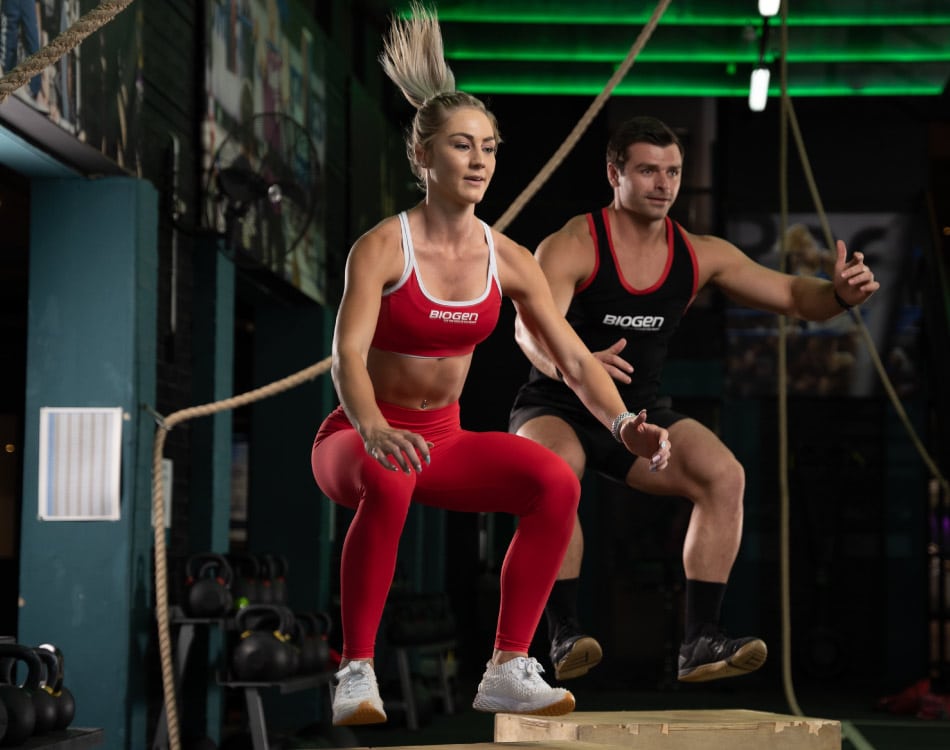

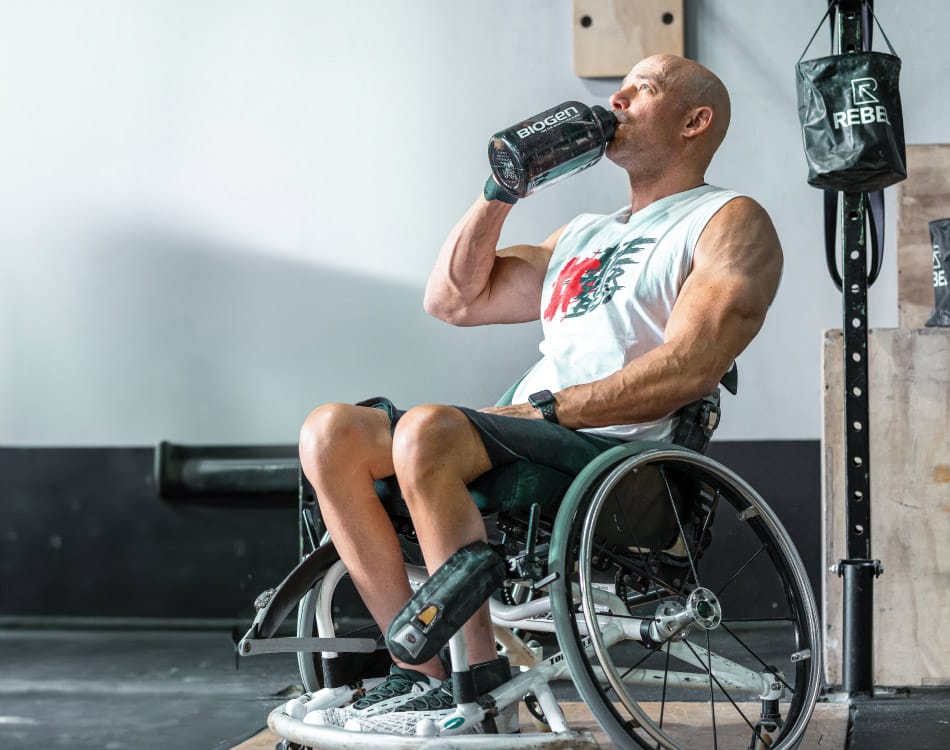
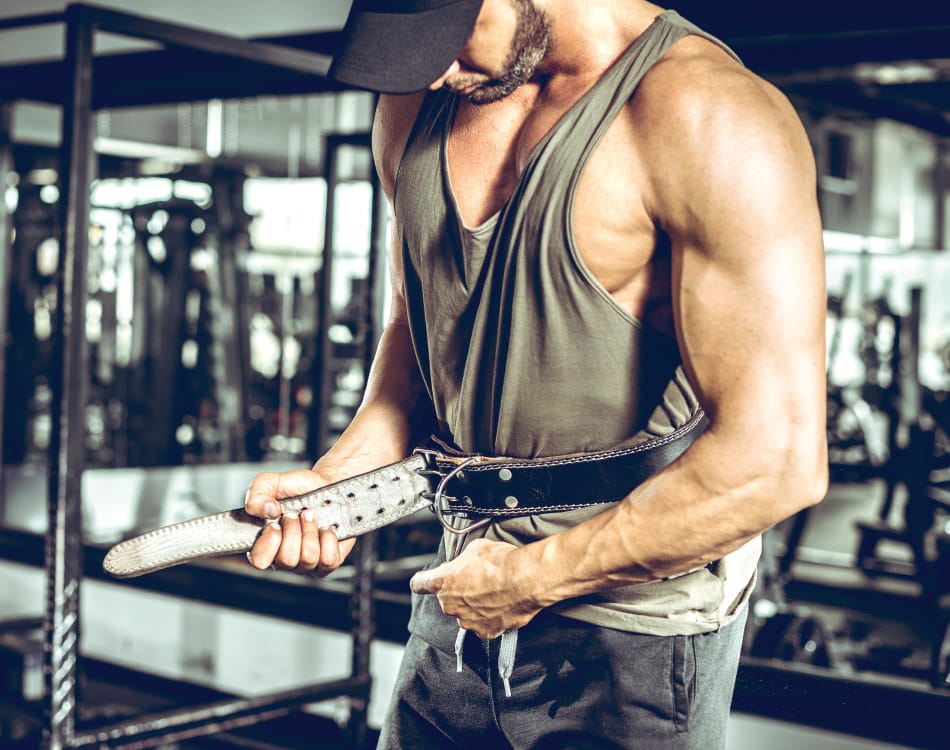
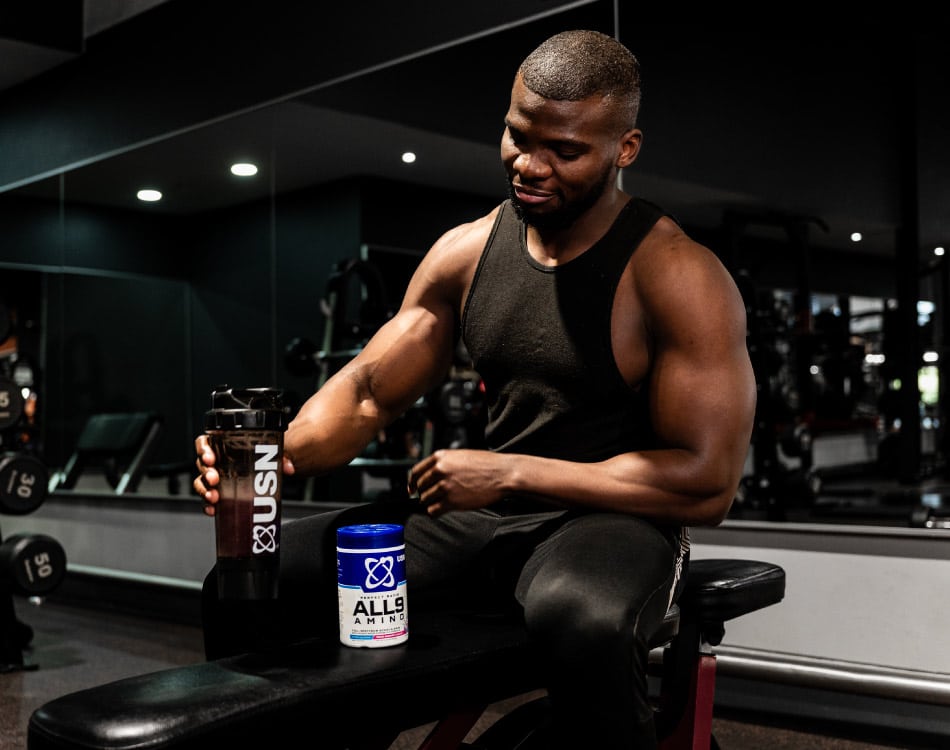

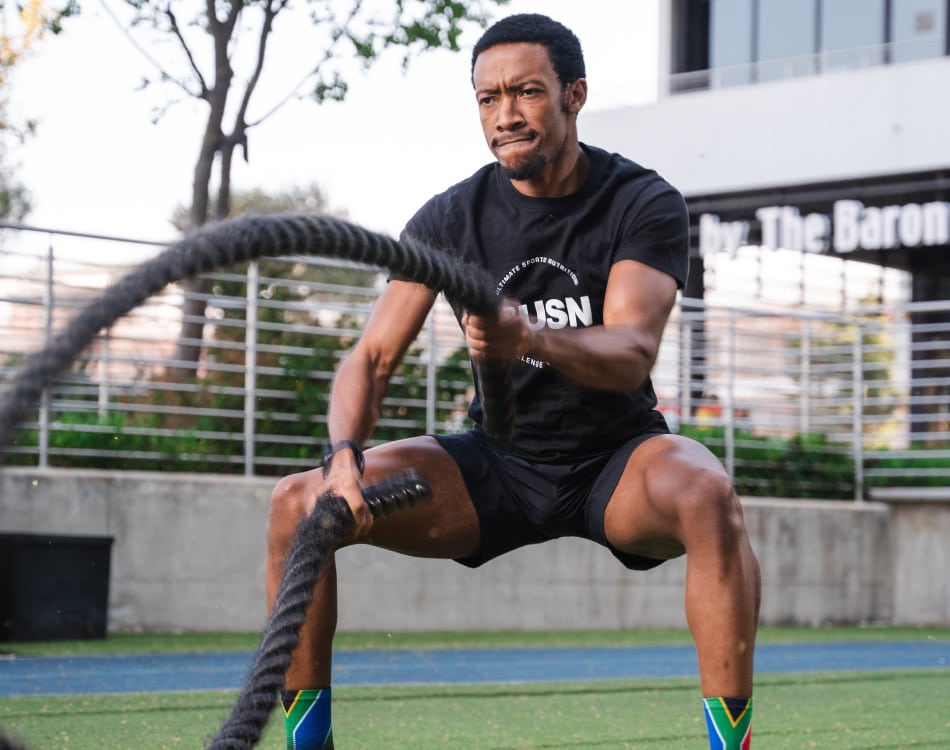
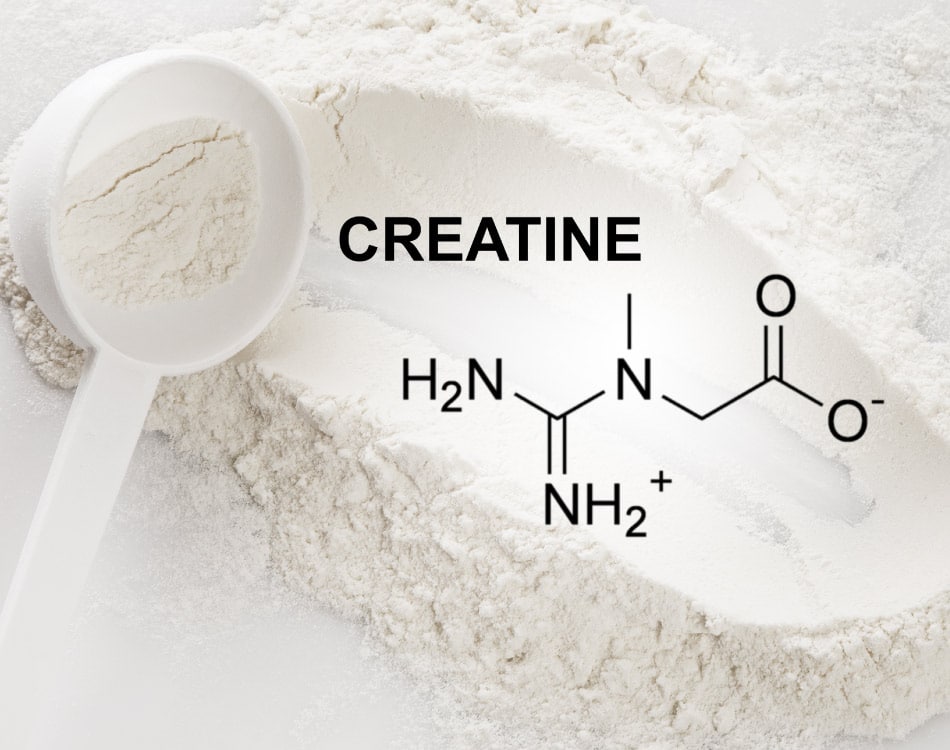
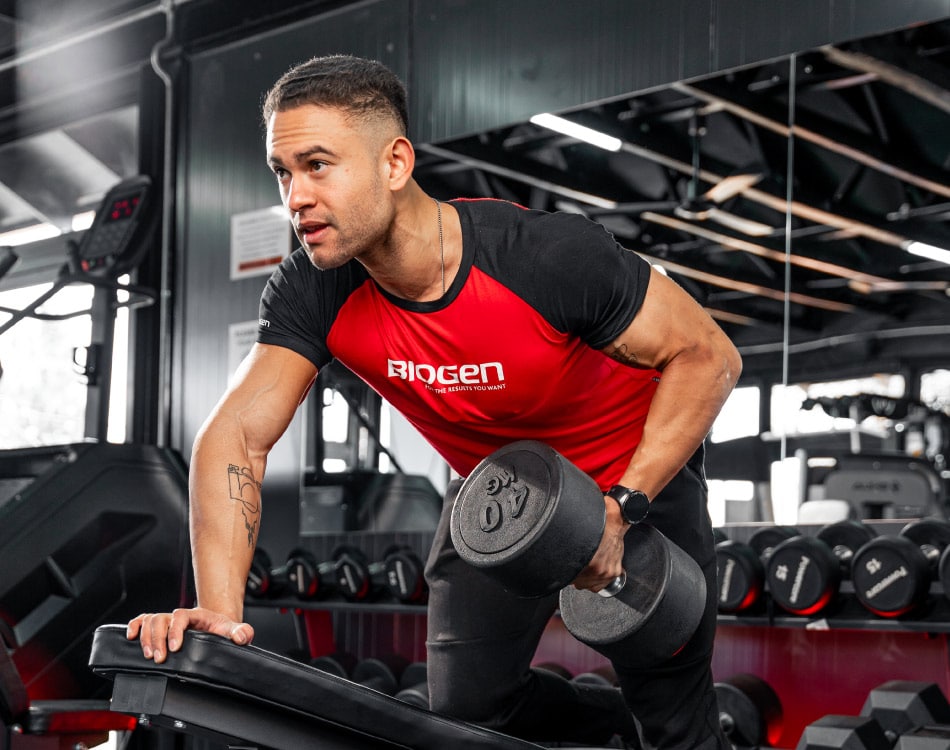
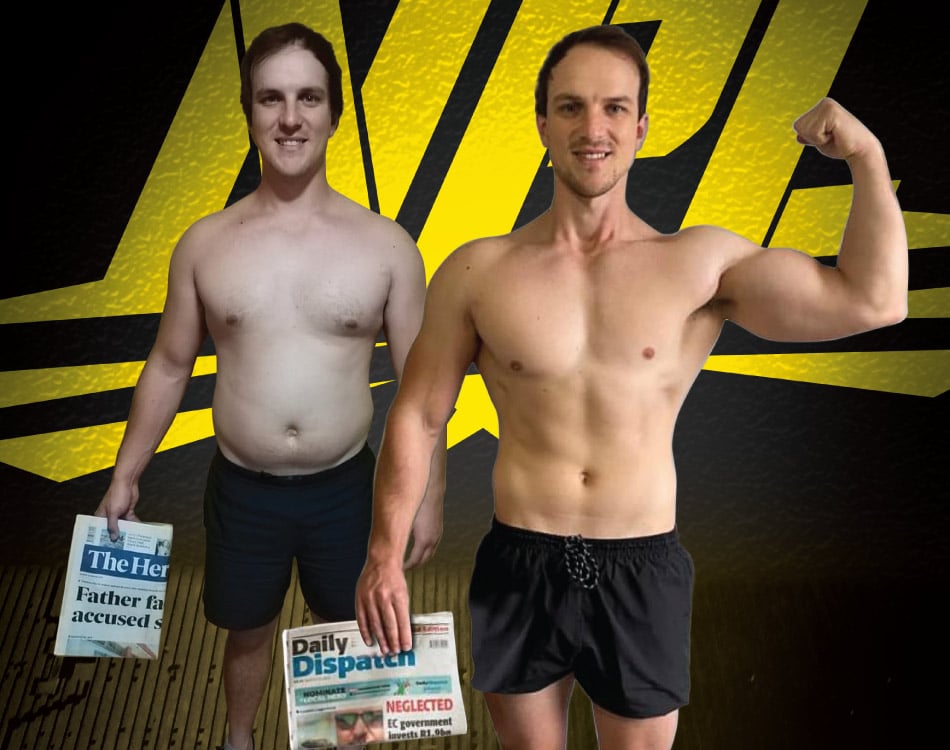
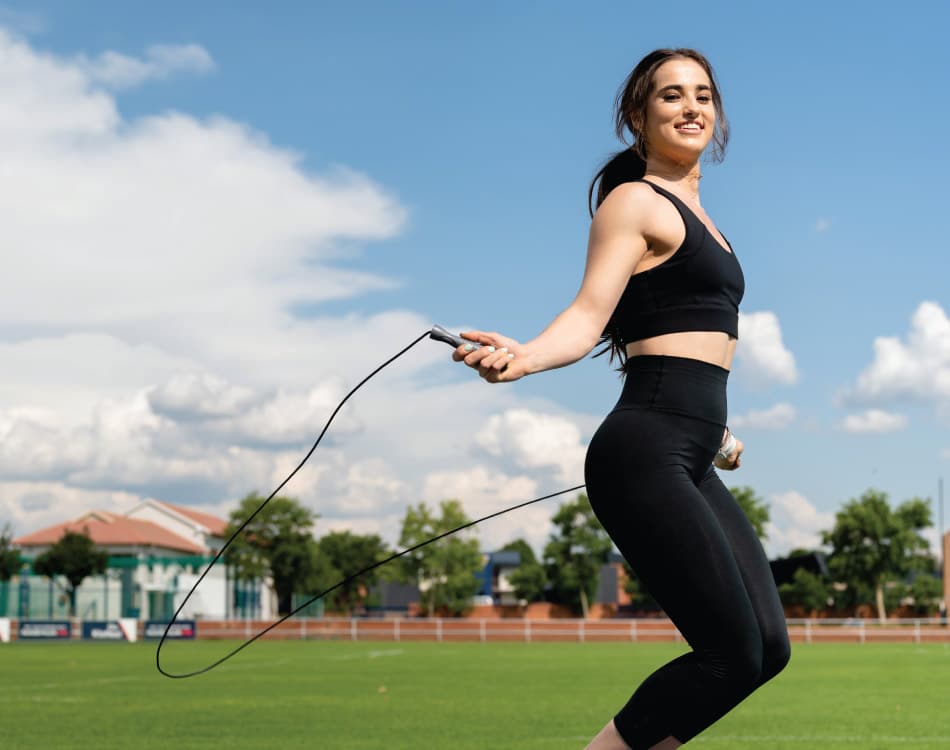
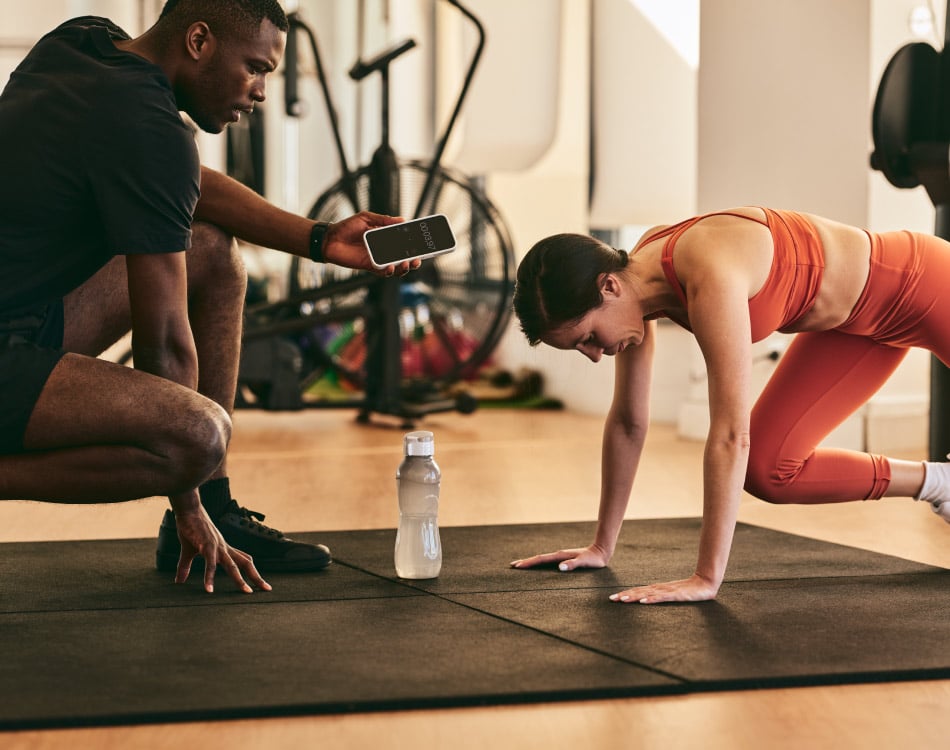



Leave A Comment